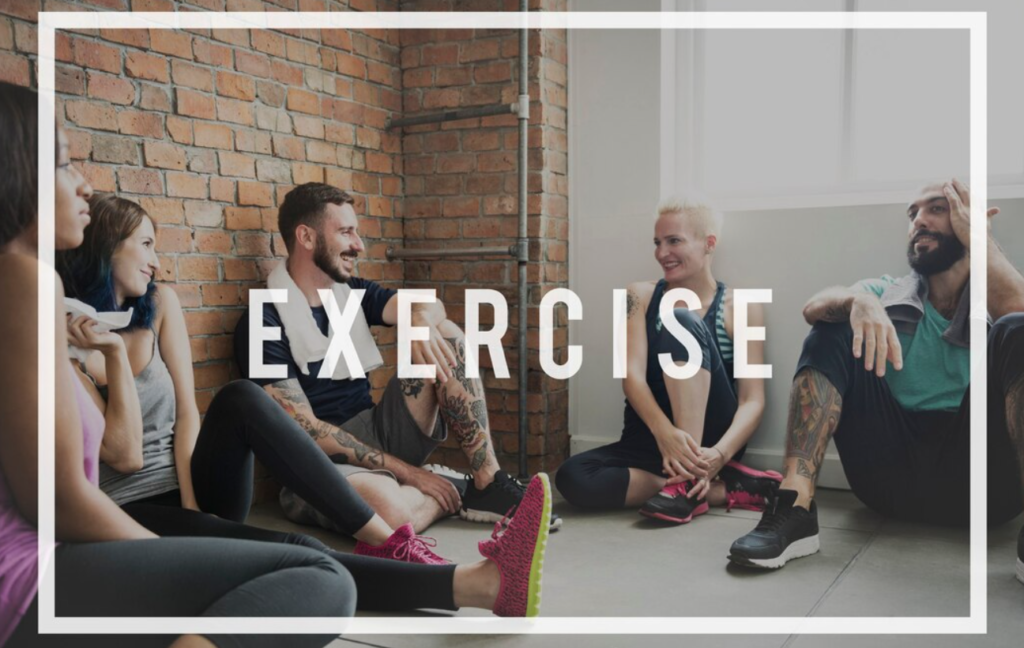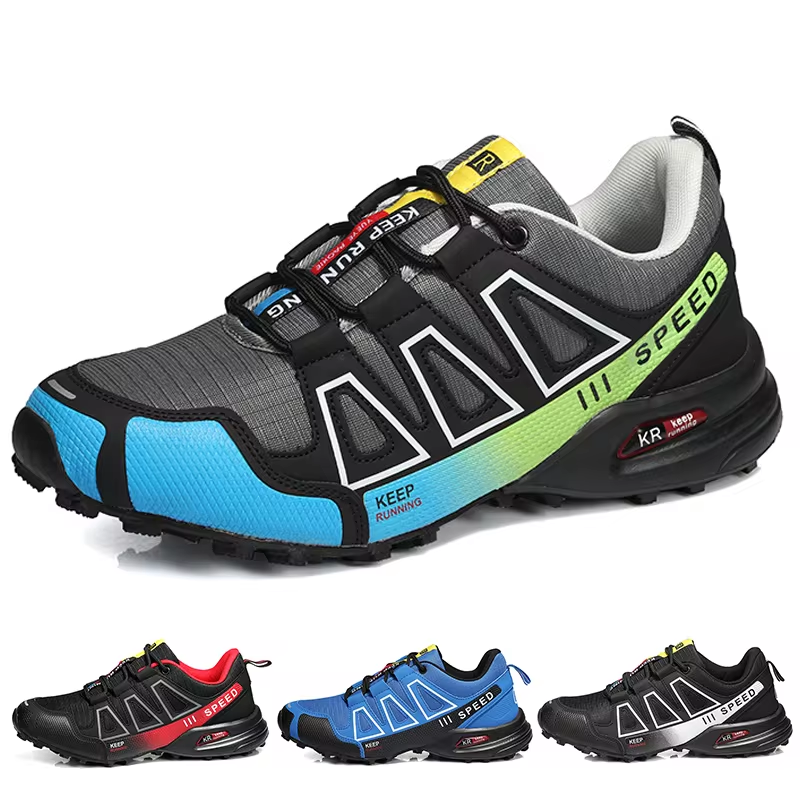Here’s how to set yourself up for long-term exercise success:
1. Set Realistic and Meaningful Goals
- Start Small: Begin with achievable goals, like walking for 10 minutes daily.
- Focus on What Matters: Tie your goals to personal values, like improving health or spending active time with family.
- Track Progress: Use a journal, app, or fitness tracker to monitor improvements over time.
2. Build a Routine
- Schedule Workouts: Treat exercise as a non-negotiable part of your day.
- Consistency Over Perfection: Aim for regularity instead of long, intense sessions.
- Stack Habits: Pair exercise with existing habits, like walking after lunch.
3. Find Your Motivation
- Identify why you want to exercise (e.g., better health, increased energy, improved mood).
- Write down your reasons and revisit them when motivation wanes.
4. Make It Enjoyable
- Choose activities you genuinely enjoy—whether it’s dancing, hiking, swimming, or yoga.
- Mix it up to avoid boredom and discover new favorite activities.
5. Start Slow and Build Gradually
- Ease into exercise, especially if you’re new or returning after a break.
- Increase intensity, duration, or frequency as your fitness improves.
6. Prioritize Variety
- Alternate between cardio, strength training, and flexibility exercises to work different muscles and prevent plateaus.
- Try seasonal activities like skiing in winter or paddleboarding in summer.
7. Create a Supportive Environment
- Surround yourself with people who encourage your fitness journey.
- Join a fitness group, hire a trainer, or partner up with a workout buddy.
8. Overcome Common Barriers
- Time Constraints: Break workouts into smaller chunks or incorporate activity into your day (e.g., take the stairs).
- Lack of Energy: Exercise boosts energy—start small and see how it improves your stamina.
- Intimidation: Begin at home, use beginner-friendly apps, or try low-pressure environments.
9. Focus on the Process, Not Just Results
- Celebrate consistency and effort, not just weight loss or muscle gain.
- Acknowledge how exercise makes you feel (e.g., less stressed, more energetic).
10. Stay Flexible
- Life happens—adjust your routine when necessary but avoid giving up entirely.
- Keep a list of quick, simple workouts for busy or low-energy days.
11. Reward Yourself
- Celebrate milestones with non-food rewards like new workout clothes, a massage, or a fun activity.
- Recognize your progress to stay motivated.
12. Make It a Lifestyle, Not a Chore
- Shift your mindset from “I have to exercise” to “I get to move my body.”
- Focus on activities that bring you joy, fulfillment, and long-term benefits.
13. Rest and Recover
- Listen to your body and take rest days to prevent burnout and injury.
- Incorporate stretching, yoga, or foam rolling for better recovery.
14. Reevaluate and Adapt
- Assess your goals and progress periodically to stay aligned with your needs.
- Update your routine to match your growing fitness levels or changing interests.
Final Thought
Building a sustainable exercise routine is about consistency, balance, and finding what works for you. Start small, enjoy the journey, and celebrate the positive changes in your life. 🌟
The Vitamin Shoppe Omega 3 Fish Oil 1,000 MG - EPA 300mg / DHA 200mg, 60 Softgels, Multicolor, 60 CT
$10.99
Visit store




